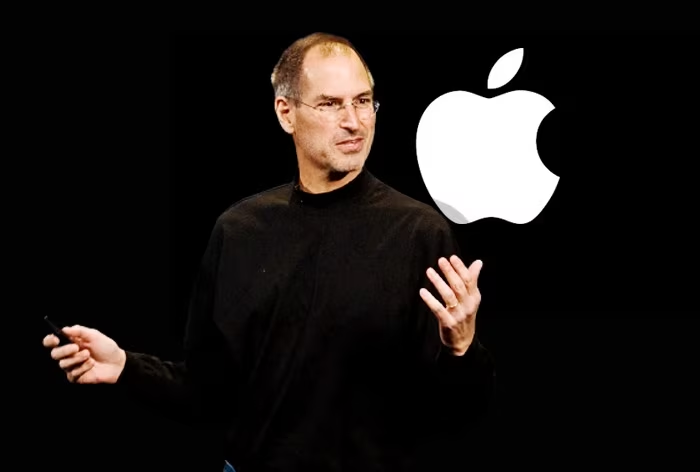Purpose-driven leadership is not just a trend—it’s a powerful approach to leading with clarity, compassion, and long-term vision. In a world where businesses are expected to do more than just make money, leaders who act with purpose are creating real change. This blog explores what purpose-driven leadership means, why it matters, and how you can apply it in your own life and business.
What Is Purpose-Driven Leadership?
Purpose-driven leadership is about leading with intention. It means making decisions based on values, not just profits. Leaders who embrace this style focus on creating positive impact—for their teams, their customers, and the world. According to the
Center for Creative Leadership, purpose gives leaders a sense of direction and helps them inspire others to follow.
Why Purpose Matters in Business
In today’s competitive market, businesses that lead with purpose stand out. Customers want to support brands that align with their values. Employees want to work for companies that care. Purpose-driven leadership helps build trust, loyalty, and long-term success. It’s not just good ethics—it’s good business.
Companies like Patagonia, Ben & Jerry’s, and Microsoft have shown that purpose and profit can go hand in hand. These organizations are led by people who believe in something bigger than the bottom line. And their success proves that doing good can also mean doing well.
Motivation Starts with Meaning
Motivation is the fuel that drives performance. But real motivation doesn’t come from bonuses or pressure—it comes from meaning. When people understand how their work contributes to a larger purpose, they feel more engaged and energized. That’s why
purpose-driven leadership is so powerful: it connects daily tasks to a bigger mission.
As
LEAD Diligently explains, leaders who communicate purpose clearly help their teams stay focused and inspired, even during tough times. Purpose becomes the anchor that keeps everyone aligned.
How to Lead with Purpose
- Define your values: What do you stand for? What matters most to you?
- Communicate your vision: Share your purpose often and clearly.
- Lead by example: Show your team what purpose looks like in action.
- Empower others: Help your team find their own sense of purpose.
- Stay consistent: Make decisions that reflect your values, even when it’s hard.
Real-World Examples of Purpose-Driven Leadership
Let’s look at a few leaders who embody this approach:
- Satya Nadella (Microsoft): Transformed Microsoft’s culture by focusing on empathy, learning, and innovation.
- Indra Nooyi (PepsiCo): Championed “Performance with Purpose,” balancing profit with sustainability and health.
- Yvon Chouinard (Patagonia): Built a brand rooted in environmental activism and ethical business practices.
These leaders didn’t just talk about purpose—they lived it. And their companies thrived because of it.
Purpose in Everyday Leadership
You don’t need to be a CEO to lead with purpose. Whether you’re managing a small team or just starting your career, you can make a difference. Start by asking yourself:
- What impact do I want to have?
- How can I support others in finding meaning in their work?
- What values guide my decisions?
Even small actions—like recognizing a teammate’s effort or standing up for what’s right—can reflect
purpose-driven leadership.
Challenges and How to Overcome Them
Leading with purpose isn’t always easy. You may face resistance, especially in environments focused only on short-term results. But staying true to your values builds credibility and trust over time.
- Challenge: Pressure to prioritize profits over people.
Solution: Show how purpose can drive performance.
- Challenge: Lack of clarity or alignment.
Solution: Revisit your mission and involve your team in shaping it.
- Challenge: Burnout or disconnection.








